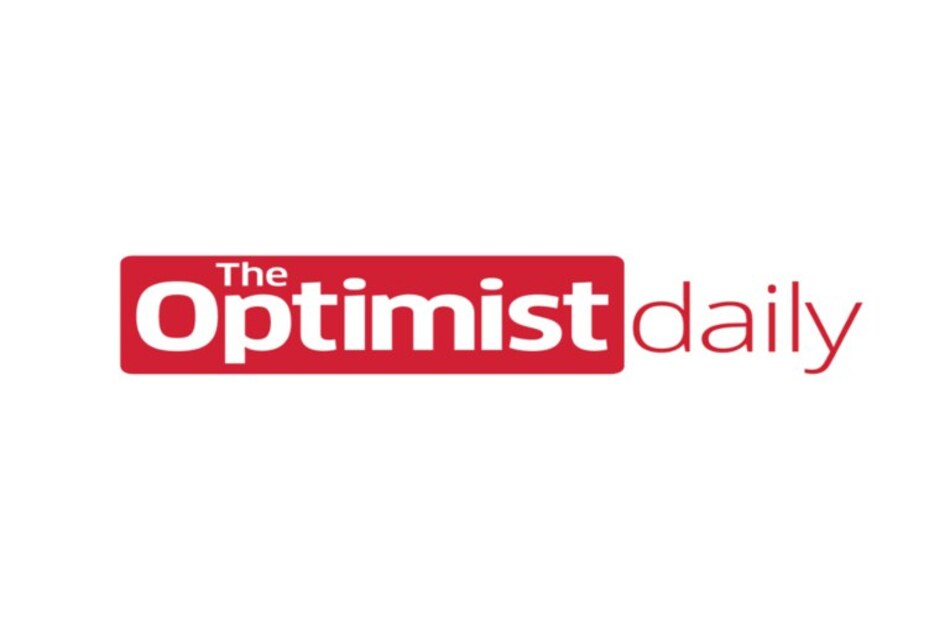It’s mind-boggling that while 40 percent of the food supply in the US ends up in the bin, millions of Americans are still food insecure. One of the main reasons behind this problem — which has been exacerbated by the pandemic — is poor logistics.
“We probably have two to four times as much food as we need in the world, but we’re not doing a very good job of distributing it to people who really need it,” says Emily Ma, a researcher at X, Alphabet’s experimental “moonshot factory” which recently announced that it’s developing two new tools to help tackle food waste and hunger.
To get a better understanding of the problem, the team, called Delta Project, met with people working across every aspect of the food systems, including chefs, farmers, grocery stores as well as heads of food banks.
One of the main problems they discovered was that there’s no easy way for food suppliers to let food banks know what they have available, or for food pantries and food banks to communicate what they need.
In an effort to help solve this challenge, the X team built a model of a new matching platform that could automatically consider all of the factors involved, including the shelf life of donated food, the type of packaging, how it’s transported, where it’s needed as well as the type of food that’s actually in demand. In practice, the tool could help free up valuable time and help food banks distribute food donations more efficiently.
The second tool developed by the team uses computer vision and machine learning to identify food as it’s being thrown out so that a restaurant or supermarket deli can better plan their inventories. For example, if at the end of the week you’re throwing away too many onions, the system will alert you to buy fewer next time.
“I believe that in the next 10 to 30 years, it is possible to actually almost perfectly match supply and demand,” says Ma. And while there will always likely be some surplus food along the supply chain, with such smart, automated systems we “can get drastically better, 10x better, in moving that surplus, knowing what condition it is in, to the people who need it,” she adds.












